Our Favorite Gastro Obscura Places of 2022 (So Far)
From Rome’s oldest bakery to an all-American grape winery.
THIS ARTICLE IS ADAPTED FROM THE JUNE 11, 2022, EDITION OF GASTRO OBSCURA’S FAVORITE THINGS NEWSLETTER. YOU CAN SIGN UP HERE.
I like monuments and museums, but to me, all travel is a chance for an extended food tour. If you’re reading this, chances are you feel the same way.
But after I’ve sampled street food and noshed on the national dish, I always seek out something offbeat.
That’s when I’ll browse through the Gastro Obscura database in search of unique eateries such as a thousand-year-old sweet shop or a vending machine that sells French cheeses and pastries, 24/7.
We add places to this global guide—written up by readers or Gastro Obscura staff—every week, and we’ve published 50+ new spots so far this year.
This week, our team is sharing our favorite places that we added to the database in 2022. If you know of a restaurant, bar, bakery, or vendor that is doing something special with food, we invite you to tell us about it! Maybe it will become our new favorite.
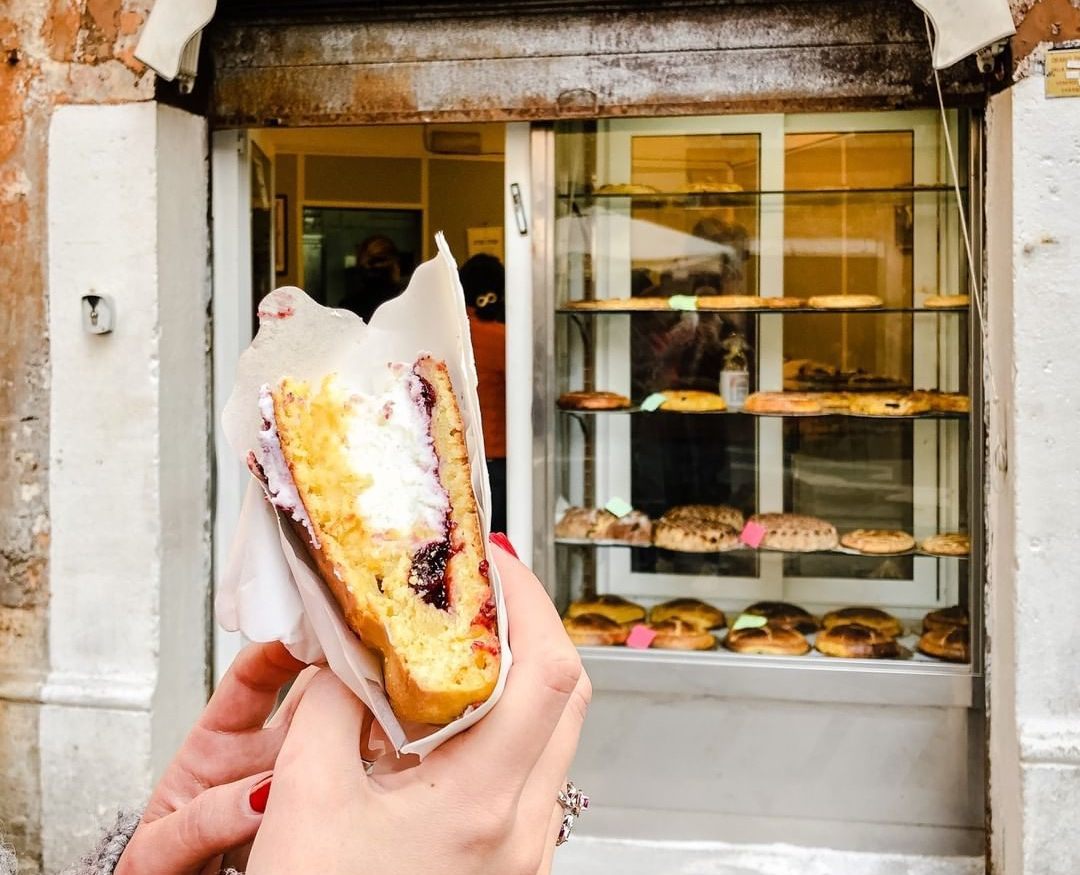
Passticceria il Boccione
Rome, Italy
I kick myself for not knowing about this hole-in-the-wall when I visited Rome decades ago. But the city’s oldest bakery, tucked among the crumbling façades of the Jewish ghetto, is easy to miss. Those in the know will rise early to get in line for the 200-year-old spot’s pizza ebraica (Hebraic pizza), a hard cookie studded with dried fruit and nuts, or rounds of crostata stuffed with sweet ricotta and wild cherry filling.
—Sam O’Brien, Senior Editor
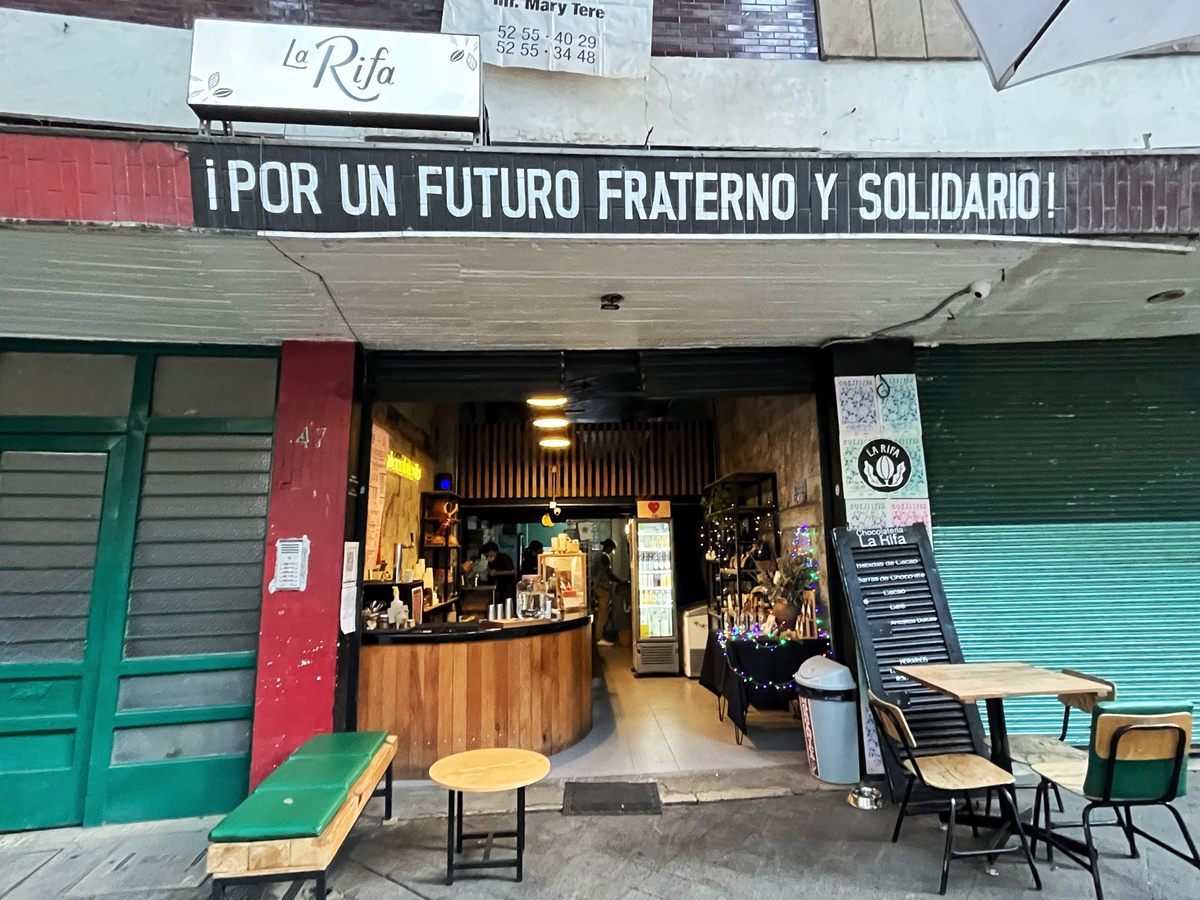
La Rifa Chocolatería
Mexico City, Mexico
I spent many a sunny winter afternoon sipping hot, fermented 70-percent cacao at this heavenly shop in the Juárez neighborhood of Mexico City. This elixir has little in common with American hot chocolate—it’s rich, gritty, bittersweet, and leaves you with a lingering, euphoric energy.
La Rifa Chocolatería is also transparent at every point in its supply chain. Ask where the honey, unrefined piloncillo sugar, or cacao nibs come from and the staff will rattle off not only its village of origin, but also the names of the producers who made it.
—Rachel Rummel, Audience Development Manager
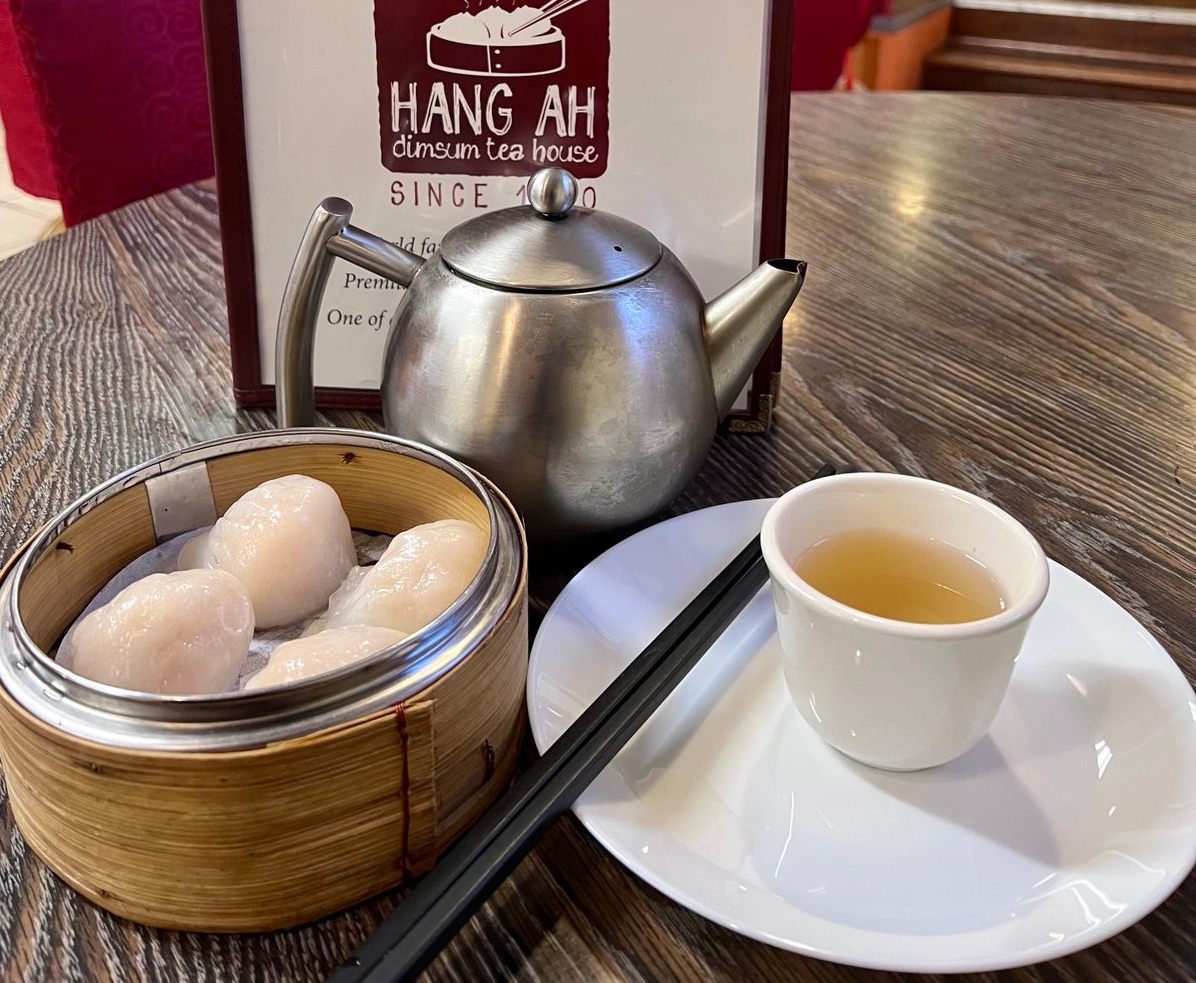
Hang Ah Tea Room
San Francisco, California
Dumplings hold a special place in my heart, which is why this time capsule of a restaurant really speaks to me. Hang Ah Tea Room has been slinging steamer baskets of dim sum since the 1930s. The prices may have gone up ever so slightly—most of the menu items used to be less than a dollar—but the vibe remains quintessentially old-school Cantonese-American.
—Diana Hubbell, Gastro Obscura Fellow
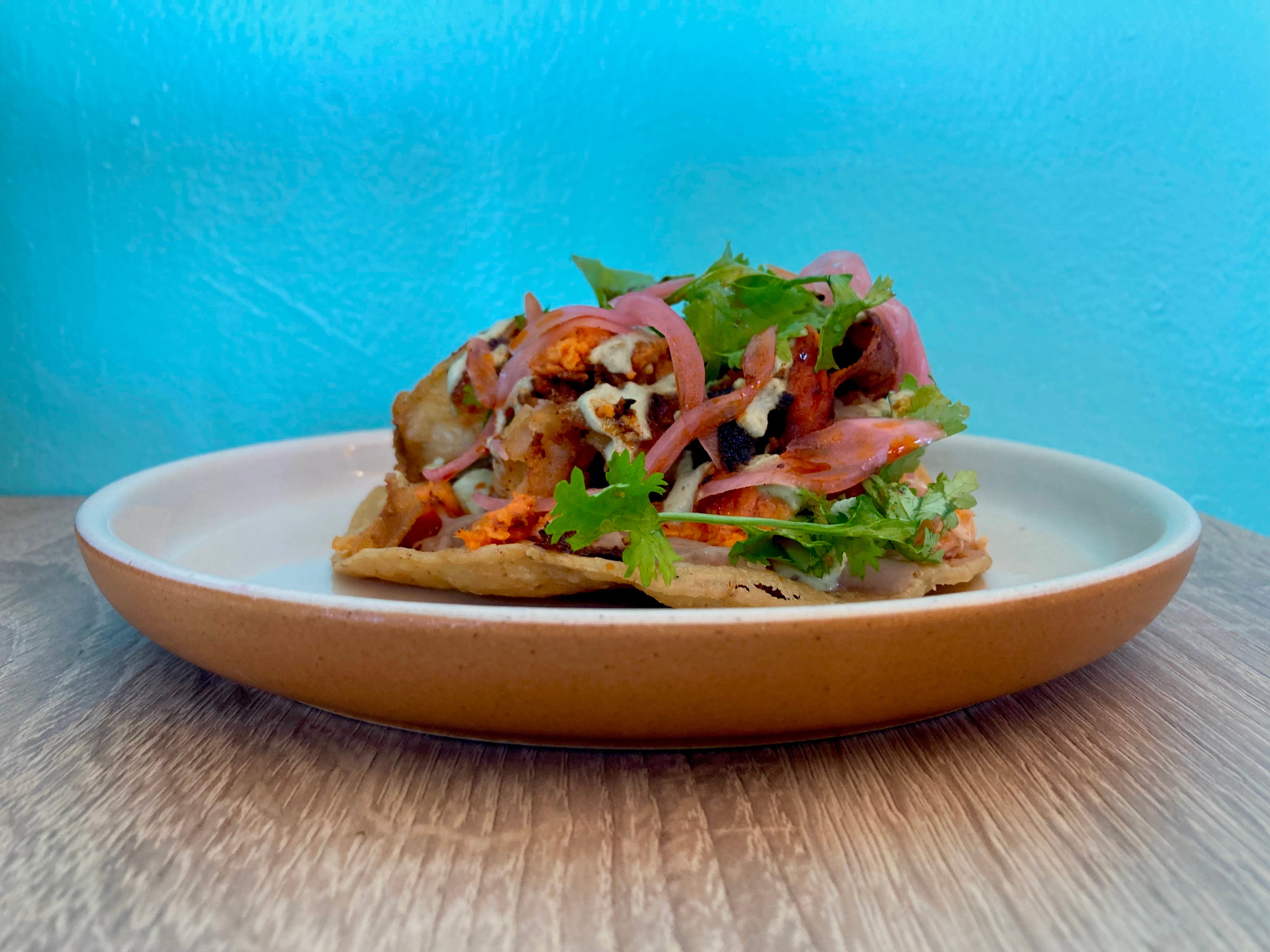
Wahpepah’s Kitchen
Oakland, California
This is a recent addition to our database, published after journalist Anna Mindess wrote about Indigenous chefs in California changing the local culinary game. At Wahpepah’s Kitchen, a great new restaurant in Oakland, chef Crystal Wahpepah sources Native ingredients from around North America and cooks dishes inspired by her Kickapoo heritage. During my visit, I tried almost everything on the menu, but I was most struck by the delicious blackberry-sumac drink and the smoked salmon tostada.
—Anne Ewbank, Senior Associate Editor
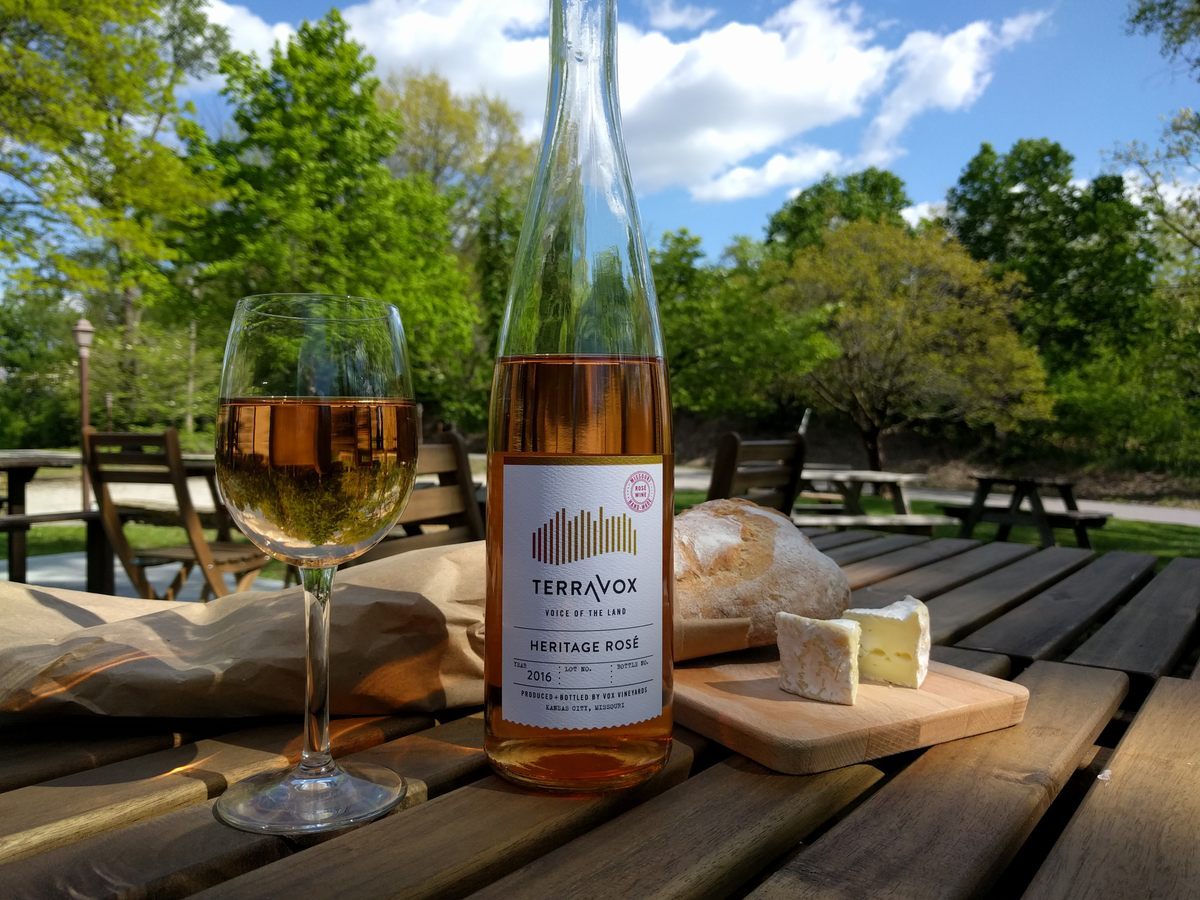
TerraVox Winery
Weston, Missouri
To the extent that Gastro Obscura is a megaphone, I’m doing my best to use it to make the cripplingly conservative wine world more interesting. That’s why you may remember reading an interview with Jerry Eisterhold, the founder of TerraVox, in a previous installment of this newsletter.
The reason I’m so intrigued by TerraVox is is that it’s the sole winery making vintages exclusively with grapes native to North America. In an industry dominated by tradition and European grapes, this is an astoundingly bad business decision, so much so that Eisterhold describes the winery as more of a museum than a commercial enterprise. But that’s what makes it, and its wines, truly unique.
—Alex Mayyasi, Gastro Obscura Editor
Gastro Obscura covers the world’s most wondrous food and drink.
Sign up for our email, delivered twice a week.







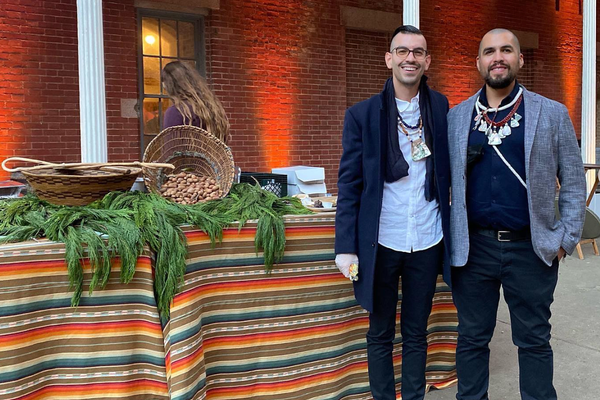

















Follow us on Twitter to get the latest on the world's hidden wonders.
Like us on Facebook to get the latest on the world's hidden wonders.
Follow us on Twitter Like us on Facebook